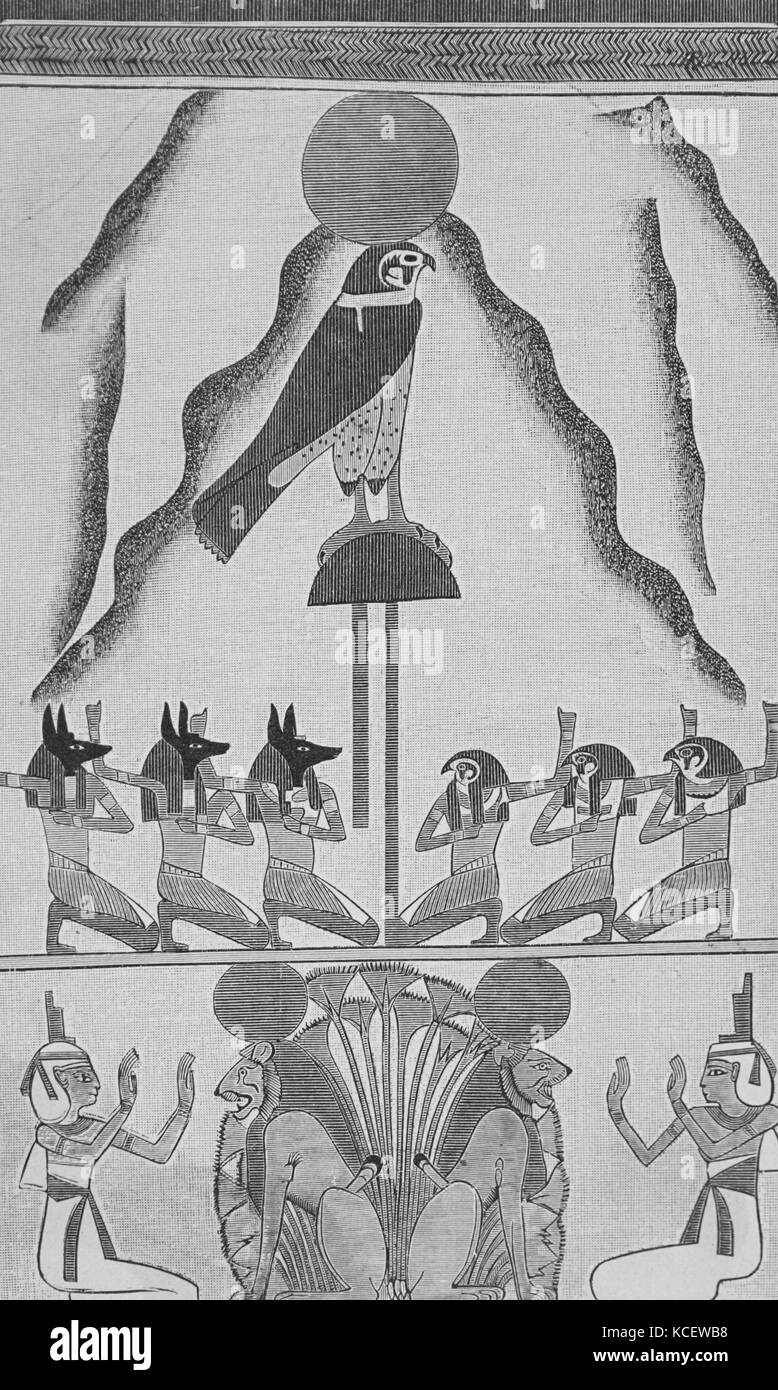
According to a rational approach to the academic study of the development of religion, the early Near Eastern Gnostic conception of an evil world-creating "Demiurge" (identified with the Old Testament Yahweh or Jehovah), is generally understood as merely an imaginative invention to help support the growth of their religion. For specialists, it may also clarify some the origins of the Gnostic view and the debacle of the Middle East in human history. Subscribe to our blog.Having read widely among Gnostic texts in translation and modern New Age sources, I've come across an interesting linkage that may shed light on a few esoteric dynamics of Earth life. Wolfgang Wettengel, Scientific Director for The Discovery of King Tut. This exhibition is on view through April 26. The objects, beautifully and scientifically reproduced by leading Egyptian artisans, provide the opportunity to experience the splendor of King Tutankhamun’s tomb without compromising the fragile originals, most of which are no longer permitted to be toured.įor more information and to purchase tickets, click here. Utilizing more than 1,000 reproductions of the treasures discovered in the undisturbed tomb, the exhibition provides an unparalleled presentation not only of Carter’s experience of entering the burial chamber for the first time, but also of 18th dynasty Egyptian history. The Discovery of King Tut recreates the moment of Howard Carter’s remarkable finding of the lost tomb of Tutankhamun. Due to its radiant glow, gold was thought to have the ability to light the underworld, explaining why so many objects from Tutankhamun’s burial treasure were coated in gold leaf.Īs you can see, ancient Egyptians considered both the natural and supernatural worlds to be of utmost importance in their beliefs and culture. For ancient Egyptians, it was much more than that. Scientists today consider gold to be one of the most precious and valuable metals on the planet.

The inscription on its body bears the name of Tutankhamun.Īnd then there are precious metals. A scene is depicted on a cylindrical vessel in which a lion tears at a bull. An ibex vessel was used for storing precious anointing oils. Jewelry, such as a necklace in the form of falcon wings, was discovered among the objects in the bandages of the King’s mummy.Ī particularly intimate bond between the ancient Egyptians and nature is revealed in the King’s cosmetic vessels, which were joyously crafted after natural archetypes. To achieve immortality, the King intended to transform into Ra thus winged sun discs-a symbol of this god-are found at the entrances of the gilded shrines that encased the sarcophagi and mummy of Tutankhamun. The sun god Ra, much like the sky god Horus, takes the form of a falcon.
ANCIENT EGYPTIAN COSMIC VIEW RA SKIN
Many theorists believe his green skin tone refers to flora that can regenerate in mysterious ways within nature’s lifecycles. What is striking is his dark green skin color. He is depicted as a human-shaped mummy on the north wall of the burial chamber of King Tutankhamun. An illustrative example of this renewal of life is seen in the god Osiris. Horus is a sky god associated with Egyptian kingship who takes the form of a falcon.Īncient Egyptians believed in resurrection after death.

This is a reference to the mythical birth of the god Horus in the swamps of the Nile Delta.

The back of the famous golden throne of the King, for example, is decorated with a lush papyrus plant. The Discovery of King Tut gives visitors a wide-reaching insight into this world. Many objects from the tomb of King Tutankhamun link directly to this close bond with nature. The gods of Egypt ultimately sprang from an intensive observation of the natural environment. When analyzed, Egyptologists notice that many of these hieroglyphs have been taken from nature, such as the sun, flora, fauna, and peoples of the region. Hieroglyphic characters explain the natural living environment of Egypt during the time of the pharaohs. Metaphorically speaking, countless murals in royal palaces and tombs depicted landscapes, gardens, and an array of animals and plants, indicating the natural world was revered by ancient Egyptians. In the physical sense, the lush Nile Valley between two hostile deserts and the rhythm of the Nile with its annual flood contributed greatly to the fertility of the land. Ancient Egyptians were connected with nature in many ways.


 0 kommentar(er)
0 kommentar(er)
